Simplifying design has never been so difficult.
With the rising importance of usability and the endless distractions surrounding us, brands are looking for ways to ultra-simplify their products and interfaces. One might argue that major apps are all starting to look the same in order to achieve this ease of use. Companies are struggling to nail the simplicity that brands like Apple and Netflix have seamlessly pulled off. Consumers want simple interfaces that do complex things. How do we strike that perfect balance?
What’s the most recognizable thing about IKEA manuals? They somehow provide clear instructions without using words. Studying an IKEA manual may give you some ideas on how to be straightforward and brief. In today’s world of complicated content that easily pushes consumers away, it’s important to think like IKEA.
With too many options, we run around like chickens with their heads cut off. It’s important for an app or website to remove unnecessary distractions and focus on the product or service they’re trying to provide. Don’t try to do everything; instead, do one thing and make sure you’re the best at it.
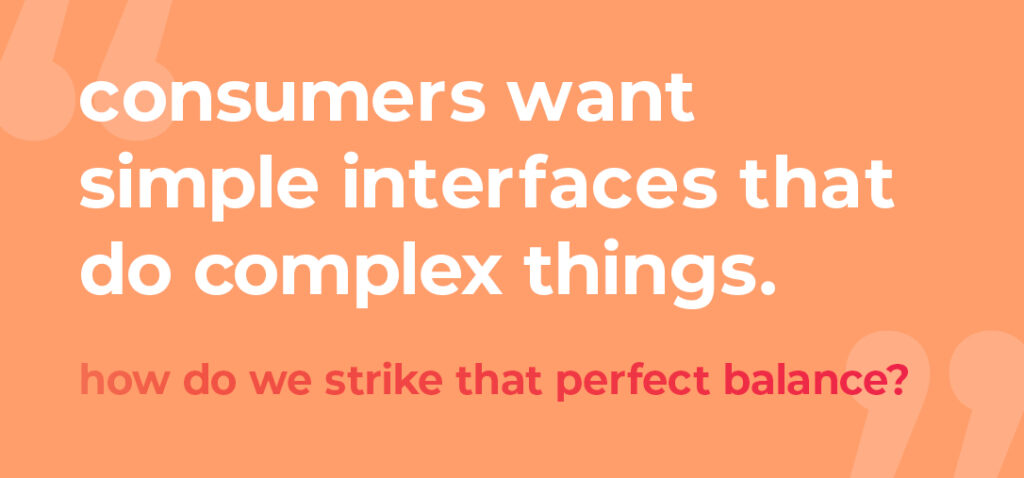
Consumers don’t always know what they want, or they’re otherwise bombarded with endless choices. Hick’s Law famously outlines what happens when users face too many options: they run away. To address this, eliminate as many choices you can that aren’t required, or provide recommendations. You can also use progressive disclosure to hide irrelevant information until it’s needed.
Use distinct typefaces, weights and colors to encourage consumers to read things in the order you want. Similar size fonts or colors don't stand out and get lost within a layout. Aim to focus the attention on one spot, and then use hierarchy to create movement that is clear and intentional.
Too many fonts can drive our eyes wild. Select typefaces that compliment each other to enhance the visual experience of the reader.
There is a way to effectively use many colors in design, but for the most part, you want to stay away from too many bright colors. It's best to choose only one or two to catch the reader's attention. The rest of the content should compliment, not detract.
Even if you simplify the number of choices consumers have, there still might be too much going on. To fix this, try laying out the content in one column and break it up into smaller sections. This should help to facilitate decision-making (as noted above in Rule #3), and create a more appealing visual layout.
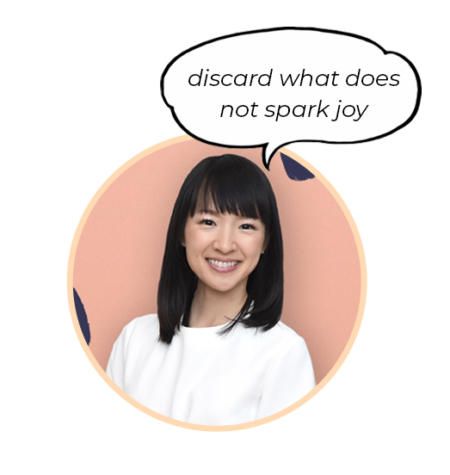
As our dear friend Marie Kondo would say, discard everything that does not spark joy. Consumers don’t want to spend a lot of time figuring the layout or hierarchy of your content. The more there is on the screen, the less a consumer sees. Clean up your interface to include beautiful bold titles and plenty of tasteful white space. Organized content not only simplifies your design, but it's more memorable.
Many apps and websites like Airbnb, Twitter and Instagram have adopted the clean, colorless, bold typeface look. Truthfully, a lot of companies are copying this style from the big brands because they know it works. Huge images, text, and videos which easily translate to mobile are what we now associate with quality brands. These are the little things that make them more credible in our eyes. By using familiar design patterns, we can keep users in their comfort zone, make it easy and pleasurable for them to navigate an app or website, and increase conversion.
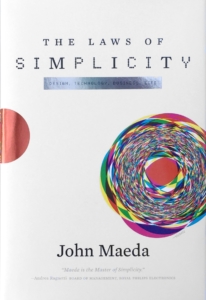
The Laws of Simplicity by John Maeda is a wonderful tool for understanding usability and simple design. Maeda outlines 10 laws that help you organize your content and understand the relationship between simplicity and complexity.
Our team can help your brand stand out by simplifying your design. If your interface needs a fresh look, or you're looking to build a user-friendly app or website from scratch, we can build, style, and maintain it to increase your ROI and conversion rates. Contact us for more information.
It all started with a Tweet. Suddenly the battle that nobody saw coming was in full swing, and out of nowhere, people were lining up at Popeye’s left and right. This whirlwind has left everyone wondering: how exactly did Popeye’s go from a nondescript fast food joint to a suitable rival for Chick-Fil-A? As usual, the answer is simple: social media.
Similar to Dunkin Donuts and IHOP changing their names, Popeye's chose the viral marketing stunt route. Surprisingly, the debate began with a tweet by Chick-Fil-A, which was quickly and hilariously followed up by a response from Popeye’s marketing executive. This set off a conversation that would go on for weeks. The post was retweeted 87.7K times and received 325K likes. Evidently, Popeye’s came out with the win, with $65 million in marketing revenue in less than a month.
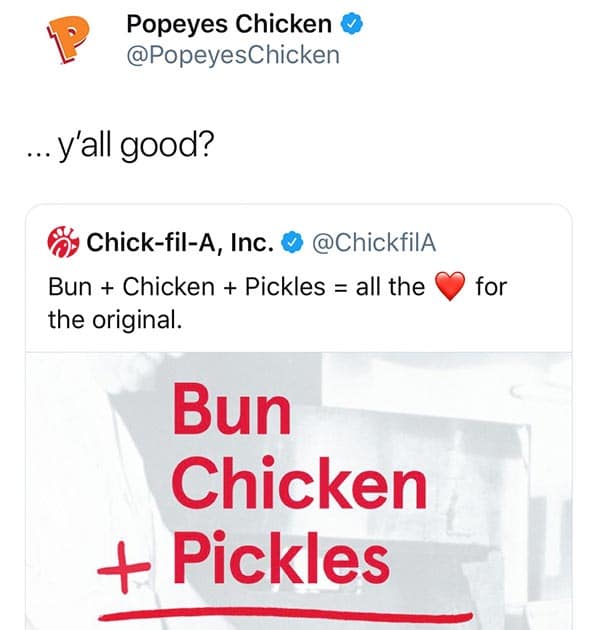
Brands are no longer just companies selling to us. They’ve adopted online personas and can interact with consumers in a way that’s kind of eerie; one voice becomes the spokesperson for an entire franchise made up of millions of people. It’s easy for people to get involved in online conversations with brands, especially fast food joints like Taco Bell, Wendy’s, and Jimmy John’s. They talk the way we talk. They take on approachable, comical, and sarcastic tones that can easily be converted into memes or other reshareable images.
The best thing for brands like Chick-Fil-A and Popeye’s, in this interesting time of social media popularity contests, is to say something unexpected online so that they become the topic of conversation. Obviously, it worked for Popeye’s.
Some companies undervalue the importance of social media engagement. But the effect it can have on a business is huge, if you do it correctly. Almost anything can be brought into the spotlight, with the right voice and brand personality. Here's how you can improve your online presence in 3 ways:
It's important to know what people are talking about so you can engage with them in a way that they can relate to. One of the ways to do this is be consistent. Strike up online conversations with small, medium, and large accounts on a daily basis. Post often, go live, and use all the tools of the app to engage.
Sometimes brands can get out of hand with the things they say online, and this can lead to trouble. Be honest, but not too honest. You want your followers to get the sense that you're being transparent without revealing too much. Maybe it's not relevant for your company to join in on the chicken sandwich wars, but there is something else out there that your brand can have a say in.
Brand personas are a great way to visualize the types of consumers interested in your product. Come up with three or four "types" of people that might buy your product. List their values, personality type, lifestyle, philosophies, fears, goals, etc. This helps you adjust your voice and content to target the right audience.
Although Popeye’s has sold out of their legendary sandwich, Wendy’s has joined in on the debate. There’s no doubt that more brands will start to interact the same way with their rivals and consumers to garner attention and sales.
It’s difficult to predict exactly what will go viral on social media. If it’s not Area 51 memes, it’s chicken sandwiches. You have to really understand your audience in order to achieve the massive success that Popeye’s did, and stay one step ahead of everyone else. And although it does say something somewhat negative about our society’s values, it is a great marketing tactic for companies to try to replicate, if they have the right product.
The Kardashian-Jenner family is not known for their subtlety, but Kylie Jenner’s recent Instagram vacation managed to take over branding to a whole new level. Meant to promote her new line of skin care products called Kylie Skin, Jenner’s trip was a marketing campaign not exactly in disguise. The 21-year-old billionaire was recently criticized for a walnut facial scrub in the product line, which experts claim creates micro cuts in the skin. Even so, she successfully used the “luxury travel influencer” approach to advertise the product launch.
Jenner, who already has a massive Instagram following of 142 million, traveled with a group of friends to Turks and Caicos in a private jet emblazoned with the Kylie Skin logo. If you think that’s extra, it doesn't end there. The logo was also on the eye masks, satin pillows, sweaters, water bottles, and make up sets in the plane. On the island, it was on everything from the floor mats and coconuts, to the cotton onesies (maybe even on the toilet paper?).
All of this begs the question: when it comes to branding, how much is too much?
Visit your Facebook or Instagram feed right now. What’s changed? You might notice that every third or fourth post is a video, whereas it used to be mainly text posts and images. Vine, YouTube, Snapchat; there are endless ways that video marketing has slowly made its way into our lives. But is it really the most effective method of marketing?
Every day, users watch more than 1 billion hours of video on YouTube. Embedding videos on your website leads to higher conversion rates, more shares, and better ranking on search engines. Also, videos are more alluring, memorable, and effective at building trust.
Many people are predicting that eventually, Facebook will be all video posts. There's a rise in video social networks, and people are watching videos online more than they watch television. This exponential increase is enough to show that video marketing works, and works well. Here's why.
There’s a reason people cry when they watch sad movies. It's much easier to tell your brand’s story through video than through text. This medium has the power to inspire, educate, amuse, scare, or surprise. It can even do the job of explaining a product or confusing idea.
When you look at recent consumer trends, you’ll notice that people tend to spend their money with their values in mind. A video can get your message across to your audience clearly and call them to action more effectively. Videos are persuasive and build trust, especially if you feature yourself or your company.
Canadian Tire released an emotional ad that ran during the 2016 Summer Olympics. The ad went viral for its sentimental message that captured many people's hearts.
Our monkey brains are easily distracted by movement and noise. 65% of people are visual learners, so most of them prefer to watch, not read. Video makes the message and content easier to digest in a shorter amount of time.
This is the only medium that can include all types of content, visual and auditory. A video can feature whatever it wants: images, infographics, text, music, blog posts, or podcasts. Not to mention, animations are trending, so it’s a great opportunity to bring in this element for the added simplicity, entertainment, and nostalgia.
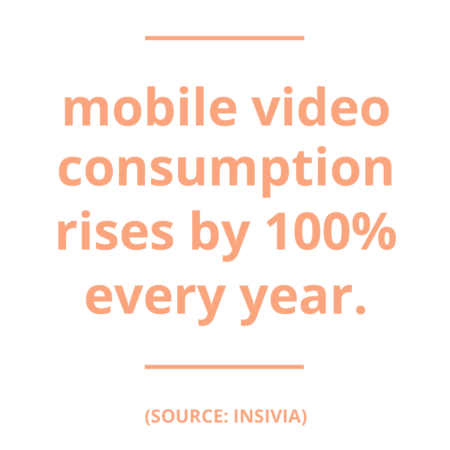
Many businesses have started embedding videos on their websites and have seen an increase in conversion rates (up to 80%). If autoplay is enabled, even better. Videos are great for SEO; search engines are ranking them higher than ever before. They also increase the amount of time customers spend on your page, which gives you more of a chance to connect with them.
People spend a lot more time on their phones than they do on other Internet devices. To reach mobile users, videos should be high quality and optimized for low-bandwidth connections. Brands should take into account strong visuals and make sure the video makes sense without sound, since many people watch them in public. They should also be shorter and have a clear call to action somewhere in the middle of the video.
Businesses have noticed that video is the simplest way to convey information in the amount of space that they have. It’s guaranteed to engage with audiences, or at least distract them enough to hit play.
Video is the most engaging way to tell your brand’s story. Let us help you achieve brand awareness so you can start seeing some positive results. Check out our portfolio to view some of our past successful video campaigns with clients.
The marketing world is evolving, and so are methods for capturing an audience's attention. Today, most people ignore traditional marketing methods like commercials and billboards. So more and more people are spending time on social media and influencer marketing is rising steadily. As a result, brands are realizing the true potential of this marketing style and how it's affecting consumer behavior.
Influencer marketing has been around forever, but it became popular a decade ago through social media. The modern definition of an influencer is someone who works in a specific niche and has a strong impact on the purchase decisions of others. They’re typically hailed as “experts” in topics like health, fashion, yoga, or food.
Macro and Mega influencers include celebrities like Kylie Jenner, Justin Bieber, and Ariana Grande. Large brands use macro influencers for more visibility and awareness. In this scenario, companies have a lot of control over what is posted and said about their product.
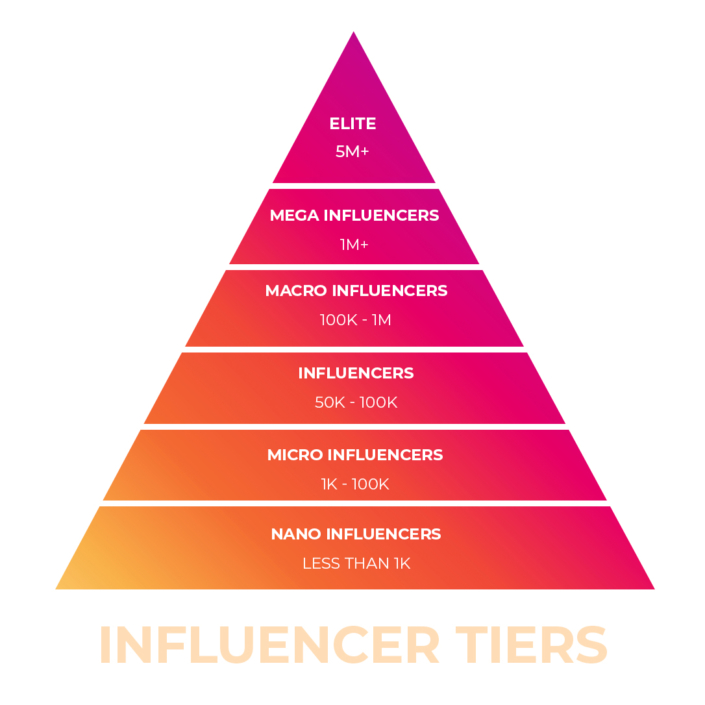
Micro influencers are smaller, more approachable accounts that still have a considerable number of followers. Lately, brands are reaching out to micro influencers more because they’re seem to be more authentic. Also, they have proved to have better audience engagement and a fairly high ROI.
These individuals usually have less than 1,000 followers and have strong influence within their community. They’re the most relatable of the bunch and, like micro influencers, also have a high level of engagement with their followers.
Companies must relinquish some creative direction when they rely on micro and nano influencers. These individuals use their own voices and personalities to make brands appear "human." This contributes to the honesty and relatable factors that influencer marketing is all about.
However, this industry may turn out to be more misleading than genuine. Accounts must to put #ad or #sponsored in the captions of their posts if they're promoting certain products. If they're not careful, influencers could lose some loyal followers that feel like they're being excessively advertised to.
According to the latest Deloitte Global Millennial Survey, Millennials have different values than other generations. They prioritize experiences like travel over traditional ideas of success, are spending their money with companies that align with their values, and are untrustworthy of blatant advertising. Also, they're very aware that celebrity endorsements are hardly, if ever, authentic. More and more businesses are investing in this industry to skyrocket their engagement and reach audiences they never would have been able to reach on their own.
Below are some successful campaigns that benefitted from influencer marketing.
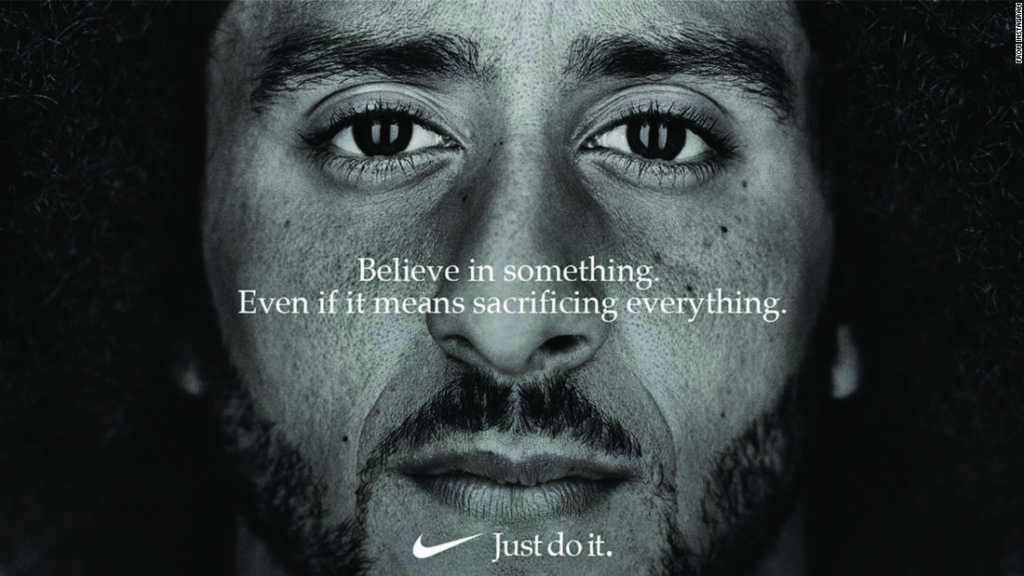
Nike is one of the top performing brands in the industry. In 2018, they used the Colin Kaepernick controversy to their advantage and weren’t afraid to show the less polished side of the brand. In their case, the backlash helped them stay relevant.
Apple capitalized on FOMO (Fear of Missing Out) by partnering with YouTube to create "unboxing videos," which gave influencers that were fans of the brand access to products before they even came out. This drove a huge wave of attention to the latest product as soon as it came out.
DD launched a campaign on National Donut Day and allowed eight different users to take over their Snapchat account and post their own content. This way, they expanded their audience and gained thousands of followers that they wouldn’t have been able to reach organically on their own.
According to Business Insider Intelligence, influencer marketing ad spend will reach $10 billion by 2022. There’s no doubt that as this industry progresses, it will become more and more difficult to appear “authentic.” Brands have to continually rework their strategies to stand out in the crowd and work with the values of their audience.
At energyhill, we know how important it is to tell your story, not just your mission statement. We'll help you discover what makes your brand unique and do the research so that you better understand your audience and their wants. Contact us to start your campaign today and experience organic growth.